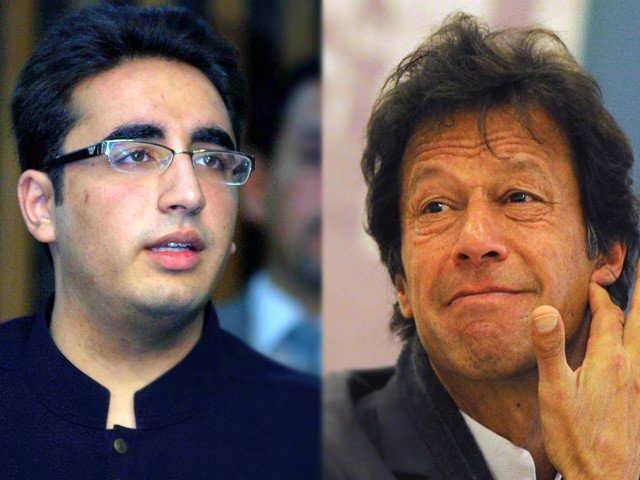It was a very mature advice on the part of Benazir Bhutto to Mian Nawaz Sharif delivered towards the end of 2007 that the Pakistan Muslim League (Nawaz) should not boycott the general elections scheduled for early 2008 even if General Musharraf Pervez remained in President House, and thereby leave the field open for the Pakistan Muslim League (Quaid-i-Azam). The idea was to ensure that the anti-Pakistan People’s Party votes were largely bagged by the PML (N) with which the PPP had concluded the Charter of Democracy. In due course after the general elections of 2008 which were won by the PPP, Asif Ali Zardari was able to forge an understanding with the PML (N) that the follies of the 1990s would not be repeated. The PML (N) would let the PPP complete its term at the federal level while the PPP would allow it to rule over Punjab. It was understood that if the PPP lost majority to the PML (N) in the National Assembly in the next general elections, it would not cause unnecessary problems for the PML (N) at federal level whereas the PML (N) would let the PPP rule Sindh, which it was almost certain to retain, undisturbed. The PPP-PML (N) understanding worked quite well at least till 2013. In the meantime, the Pakistan Tehreek-i-Insaf emerged as the principal threat to the PML (N) in its stronghold of Punjab.

Although the PML (N) somehow maintained its domination over Punjab and secured majority in the National Assembly, the general elections of 2013 confirmed the position of the PTI as the real challenger to the PML (N). In the general elections of 2013, the PPP emerged as the second largest party in the National Assembly, and Khurshid Hasan Shah became the leader of the opposition instead of Imran Khan. But very soon it appeared that it was the PTI that was practically performing the role of the Opposition. The PPP was too cautious to not to do anything that might jeopardize the system. The PTI’s agitation against the alleged rigging of the polls soon after the general elections of 2013, its joint sit-in (dharna) with the Pakistan Awami Tehreek in 2014 and presently its onslaught on Nawaz Sharif in the context of the Panama Leaks have confirmed that the next general elections are very likely to be a contest between the PTI and the PML (N), if the PPP continues to perform the role of ‘friendly opposition’. Thus the PTI has thrown a spanner in the works of the PPP which wanted to wait for its turn in 2018. The PPP is now in a dilemma. It can’t expect to win sufficient number of seats from Punjab in the next general elections to form government at the federal level, if it does not project itself as genuine opposition. Perhaps, it is this realization on the part of the PPP that has made it take relatively tough stand against the PML (N) and join hands with the PTI in demanding resignation of Nawaz Sharif as Prime Minister on moral ground after the exposures of the Panama Leaks.